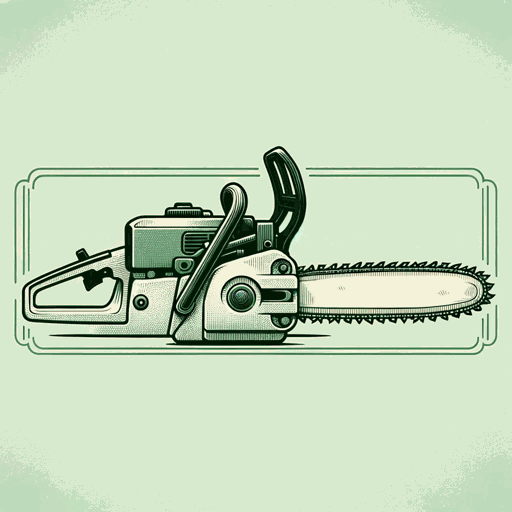59 pages • 1 hour read
Ken KeseyOne Flew Over the Cuckoo's Nest
Fiction | Novel | Adult | Published in 1962A modern alternative to SparkNotes and CliffsNotes, SuperSummary offers high-quality Study Guides with detailed chapter summaries and analysis of major themes, characters, and more.
Themes
Conformity Versus Individualism
Given that the novel establishes the ward as a microcosm of society, the story's central conflict—between the patients, led by McMurphy, and the forces that oppress them, led by Ratched—symbolizes broader tensions between individual expression and conformity to social norms. Kesey considers this conflict within the context of several dichotomies, including nature versus machine. Ratched, whom the novel repeatedly describes as synthetic in appearance and makeup, completes her work with mechanical efficiency and minimal emotion. McMurphy is just the opposite: raw, funny, down-to-earth, and given to animalistic outbursts of violence and sexual passion. Their diverging natures set up a choice and a source of conflict within the others who are patients: They must decide whose lead to follow. Given enough time, Ratched can reduce the men to shells full of “rust and ashes” (79), as Bromden observed in the case of Blastic, a chronic patient. McMurphy, meanwhile, wields influence no less powerful in awakening patients like Bromden to a richer kind of life.
The same struggle is played out in gendered terms, as the subjugated male patients struggle against the dominant matriarch Ratched, who is unafraid to attack them “where it hurts the most” (54). Those who fully submit themselves to her influence become like the “hairless” public relations man of Bromden’s dream, who wears a girdle.
Related Titles
By Ken Kesey
Featured Collections
American Literature
View Collection
Books on Justice & Injustice
View Collection
Challenging Authority
View Collection
Community Reads
View Collection
Health & Medicine
View Collection
Mental Illness
View Collection
Power
View Collection
Psychological Fiction
View Collection
Sexual Harassment & Violence
View Collection



